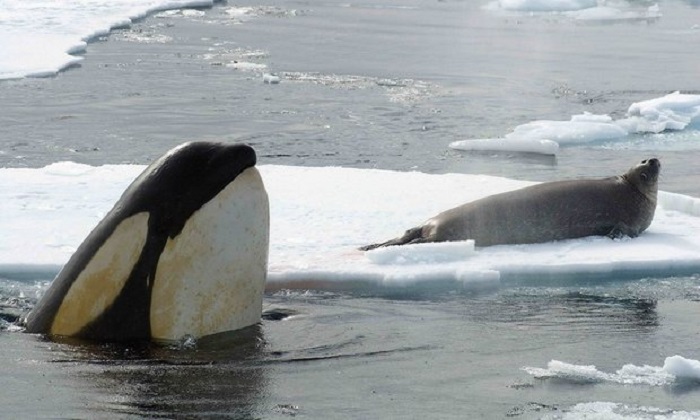Whale algorithm could unlock secrets of their many dialects

Analysing whale song recordings can help us learn more about these differences. This process normally involves assessing recordings visually, with computers only used to check for specific features like whistles. But this means you might miss important clues to how the whales communicate, says Sarah Hallerberg at the Max Planck Institute for Dynamics and Self-Organization in Germany. “Some features that might seem very relevant to a human might be very different to the whale.”
Ensemble of sounds
Instead, Hallerberg and her colleagues built a “bag of calls” algorithm. The program listens to recordings of groups of animals, examining all the frequencies present in the signal. Rather than classify individual calls one by one, it calculated a coefficient to represent all the features of interest.
“We’re not looking at each sound. We’re looking at the ensemble of sounds,” she says. “It’s like looking at a whole text instead of just looking at a particular word.”
Researchers at the Ocean Sounds conservation group collected recordings of six groups of long-finned pilot whales along the Norwegian coast. After running their algorithm on the recordings, Hallerberg’s team could prove that each family had its own distinct dialect.
“It’s a hint that they acquire their communication by vocal learning,” Hallerberg says.
The team thinks their software could help analyse the vocalisations of other species, too, and plan to try the algorithm on orca recordings.
John Hildebrand at the Scripps Institute of Oceanography in San Diego says the approach makes sense for pilot whales, which communicate with “burst pulse” calls. But he’s not sure that it would work as well for other toothed whale vocalisations such as echolocation clicks and whistles.
The technique can be useful for high-level questions about big data, but may not help with finer details, like the specific characteristics that set the dialects apart, says Marie Roch at San Diego State University. “It all depends on the question you’re trying to answer and how accurate you’re trying to be,” she says.















































